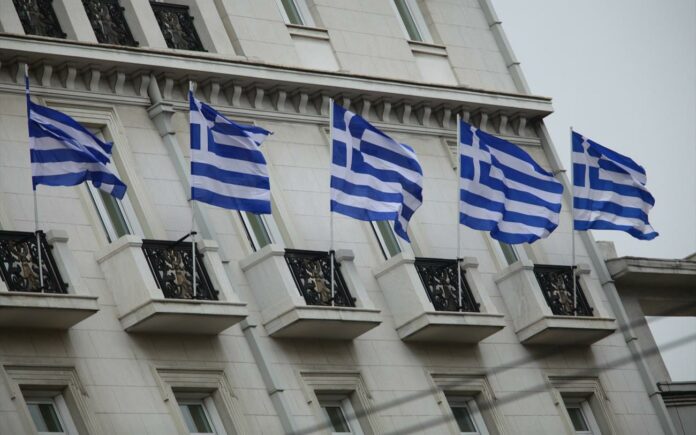The euro area is making an unprecedented effort to put the Greek economy back on track. The loan packages from the ESM and EFSF are by far the largest the world has ever seen. The two institutions own half of Greece’s debt. The vast and deeply rooted problems in Greece mean the programmes have lasted much longer than those of other crisis-hit countries. The loans, at very low interest rates with long maturities, are giving Greece fiscal breathing space to bring its public finances in order. And because of the ESM’s cash-for-reform approach, Greece is making impressive progress in modernising its economy.
Greece has received two thirds of the total funds disbursed by the ESM and the EFSF. The money is lent under strict conditions. Athens must implement a host of tough reform measures. It must fix its banking system, ensure sound public finances, and liberalise markets. Creditors are closely monitoring progress in achieving these measures. They only disburse money when Greece takes the steps it has promised.
In the middle of 2015, Athens entered a new ESM programme of up to €86 billion. It was the third programme for the country. The decision sparked fierce public debate across Europe. In part this was due to the acrimonious negotiations preceding the decision.
ESM loans help make Greece’s debt sustainable
The structural reform programme Greece has committed to will galvanise economic growth. Moreover, the EFSF and ESM loans lead to substantially lower financing costs for the country. That is because the two institutions can borrow cash much more cheaply than Greece itself, and offer a long period for repayment. Greece will not have to start repaying its loans to the ESM before 2034, for instance.
These lower costs are passed on to Greece, which helps to make its debt more sustainable. Many people say that Greece’s debt level is too high. They point to the debt-to-GDP ratio, which stands at more than 180%. But this overlooks the ESM’s favourable lending conditions, which feature low financing costs and long repayment periods.
Why three programmes?
By the start of 2010, investors would no longer lend money to Greece. Private investors did not believe that they would get their money back. Athens had to ask for help. It was an unprecedented event. The EU had not foreseen a possible default of a euro area member. There were no European institutions to deal with such a crisis. Markets were speculating that the euro area could break up.
To help Greece finance itself, euro area countries lent Greece €52.9 billion on a bilateral basis. The IMF also provided money. In 2012, this turned out not to be enough. By then, the EFSF had been established. It provided the bulk of a second programme, in which a total of €141.8 billion was disbursed, again with a contribution from the IMF. Banks and other investors contributed by writing down part of the value of their debt holdings, in the so-called Private Sector Involvement (PSI) programme.
In 2014, the effects started to show. The Greek economy returned to growth, and unemployment began to drop. Athens was even able to raise money in markets again. In January of the following year, a snap election brought a new government to power. The reform programme was suspended and Greece fell back into recession.
The new government could not come to terms with creditors about the reforms the previous government had promised. The assistance programme was extended twice in the first half of 2015 but finally expired in June 2015. The country ran out of money and missed debt payments to the IMF. In order to stop a bank run, it had to limit the amount of cash people could take out of their bank accounts. The Athens stock exchange was closed. A new third programme was only agreed to at the last minute in August 2015, after two further months of negotiations.
The cause of Greece’s problems
The Greek economy had always been relatively closed, and controlled by vested interests. When the country joined the euro in 2001, it was suddenly able to borrow money at a far lower rate than previously. As a result, the government boosted spending. At the same time, revenues weakened, in part because of a poor tax administration. Public debt soared quickly. Wages rose too fast and the country became too expensive to compete internationally. In the past, this would have caused the drachma to devalue against other currencies. In the euro area, that option no longer existed. The result was a contracting economy and unemployment rising to alarming levels.















